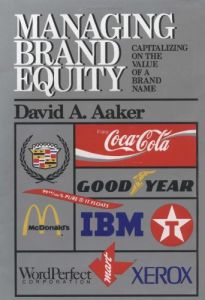Join getAbstract to access the summary!

Join getAbstract to access the summary!
David A. Aaker
Managing Brand Equity
Capitalizing on the Value of a Brand Name
Free Press, 1991
What's inside?
To truly understand brand equity, check out the tattoos on the next biker you see. See any familiar names?
Recommendation
Think Coca-Cola and what comes to mind? That’s brand power. Author David A. Aaker illustrates how such powerful brands connect with customers. Unfortunately, Aaker doesn’t show you how to build up your name or how to make the most of your ad dollars. But he does provide compelling, insider case studies, going back to the launch of Procter & Gamble’s Ivory soap in 1881. Aaker sets three goals and just about achieves them: 1) Show managers how brand equity provides value, 2) Showcase examples of good and bad marketing and 3) Discuss how to manage brand equity. But, while Aaker explains brand equity by listing its components, the correlation between the parts and the whole is not clear - even with the ever-present flow chart. Regardless, being as well-known as IBM would make you tingle, and if you are looking for interesting historical perspective more than practical managerial advice, getAbstract recommends this book, particularly to advertising and marketing executives.
Summary
About the Author
David A. Aaker has written more than 70 articles on branding and eight books on branding, advertising and business strategy. Aaker currently is the J. Gary Shansby Professor of Marketing Strategy at the University of California at Berkeley.






















Comment on this summary